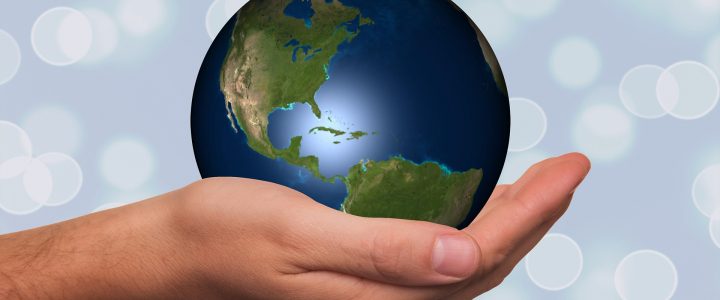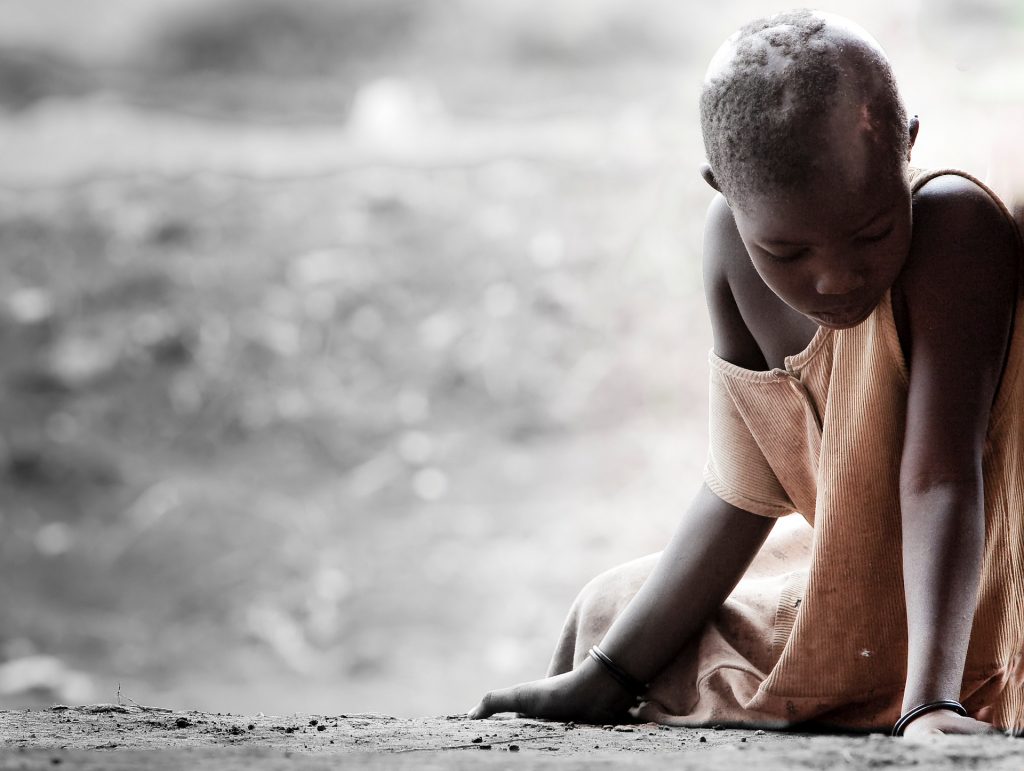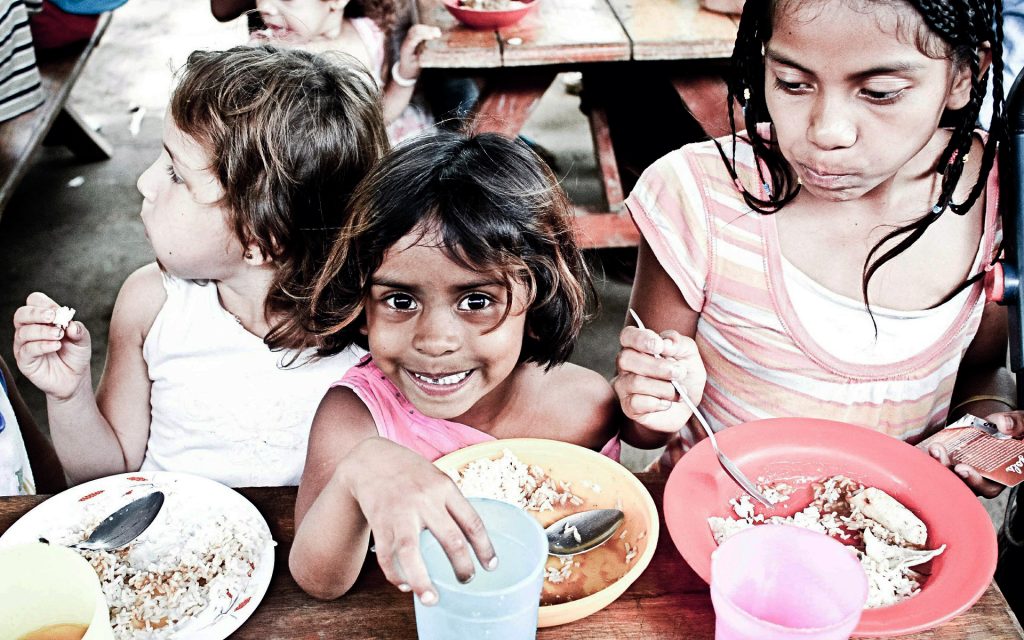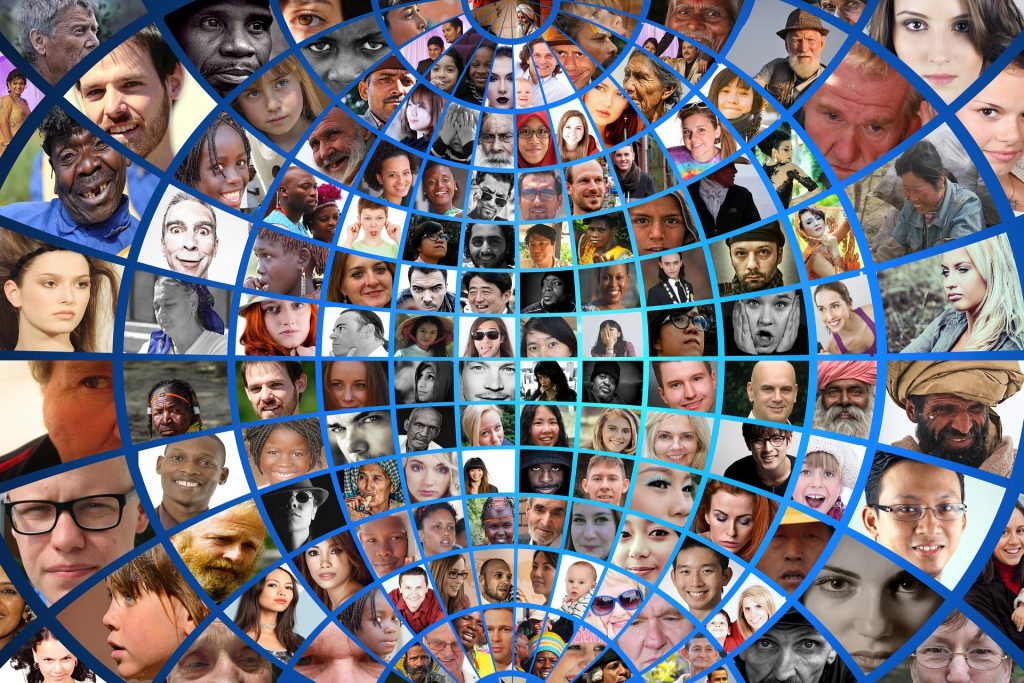
In 2015, the U.N. member states unanimously approved a road map to steer global development endeavors through 2030. These Sustainable Development Goals, or SDGs, comprise 17 objectives that range from eliminating poverty to ending hunger to creating a world where gender equality is the norm.
United Nations:
The Sustainable Development Goals are the blueprint to achieve a better and more sustainable future for all. They address the global challenges we face, including those related to poverty, inequality, climate, environmental degradation, prosperity, and peace and justice. The Goals interconnect and in order to leave no one behind, it is important that we achieve each Goal and target by 2030.

This week, world leaders will convene in New York for the 74th session of the U.N. General Assembly, where progress toward the SDGs will be evaluated. And while, currently, it seems no country is on track to meet all of the Goals by 2030, the importance of the message of this global development initiative is clear: we are all in this together. We can all do better. In order for humanity to survive and thrive, we must do better.
Over the next few articles, we’ll give you a breakdown of the SDGs, and some tips for how you can help in getting them achieved.
Sustainable Development Goal #1: No Poverty
Economic growth must be inclusive to provide sustainable jobs and promote equality.
According to the World Bank, 10% of the world population lives in extreme poverty, surviving on less than $1.90 (US) a day. That’s more than 700 million people, half of whom live in Sub-Saharan Africa. Children are particularly vulnerable, with 1 in 5 living in extreme poverty.
Goal #1 Targets include:
–Eradicating extreme poverty for all people everywhere, currently measured as people living on less than $1.25 (US) a day.
–Implementing nationally appropriate social protection systems and measures for all.
–Ensuring that all men and women, in particular the poor and the vulnerable, have equal rights to economic resources, as well as access to basic services, ownership and control over land and other forms of property, inheritance, natural resources, appropriate new technology and financial services, including micro-finance.
–Building the resilience of the poor and those in vulnerable situations and reduce their exposure and vulnerability to climate-related extreme events and other economic, social and environmental shocks and disasters.

Sustainable Development Goal #2: Zero Hunger
The food and agriculture sector offers key solutions for development, and is central for hunger and poverty eradication.
More than 820 million people worldwide do not have enough to eat. At the same time, 1/3 of food is wasted or lost somewhere along the supply chain from growth to table at either the production stage, through post-harvest handling and storage, during processing, distribution, and household consumption/disposal. Climate change is even now remolding the face of agriculture as regions experience temperature and rainfall fluctuations, which in turn influence pests and diseases affecting crops.
Goal #2 Targets include:
–Ending hunger and ensuring access by all people to safe, nutritious and sufficient food all year round.
–Ending all forms of malnutrition.
–Doubling the agricultural productivity and incomes of small-scale food producers, in particular women, indigenous peoples, family farmers, pastoralists and fishers, including through secure and equal access to land, other productive resources and inputs, knowledge, financial services, markets and opportunities for value addition and non-farm employment.
–Ensuring sustainable food production systems and implementing resilient agricultural practices that increase productivity and production, that help maintain ecosystems, that strengthen capacity for adaptation to climate change, extreme weather, drought, flooding and other disasters and that progressively improve land and soil quality.
–Maintaining the genetic diversity of seeds, cultivated plants and farmed and domesticated animals and their related wild species and promoting access to fair and equitable sharing of benefits arising from the utilization of genetic resources and associated traditional knowledge, as internationally agreed.

Sustainable Development Goal #3: Good Health and Well-Being
Ensuring healthy lives and promoting the well-being for all at all ages is essential to sustainable development.
The health and well-being of the world’s population is vital to the growth, health, and well-being of prosperous societies. Increasing life expectancy, eradicating disease, and reducing maternal and infant mortality rates are the blocks with which we can build a more sustainable world.
Goal #3 Targets include:
–Reducing the global maternal mortality ratio to less than 70 per 100,000 live births.
–Ending preventable deaths of newborns and children under 5 years of age, with all countries aiming to reduce neonatal mortality to at least as low as 12 per 1,000 live births and under-5 mortality to at least as low as 25 per 1,000 live births.
–Ending the epidemics of AIDS, tuberculosis, malaria and neglected tropical diseases and combating hepatitis, water-borne diseases and other communicable diseases.
–Reducing by one third premature mortality from non-communicable diseases through prevention and treatment and promoting mental health and well-being.
–Strengthening the prevention and treatment of substance abuse, including narcotic drug abuse and harmful use of alcohol.
–Halving the number of global deaths and injuries from road traffic accidents.
–Ensuring universal access to sexual and reproductive health-care services, including for family planning, information and education, and the integration of reproductive health into national strategies and programs.
–Achieving universal health coverage, including financial risk protection, access to quality essential health-care services and access to safe, effective, quality and affordable essential medicines and vaccines for all.
–Reducing the number of deaths and illnesses from hazardous chemicals and air, water and soil pollution and contamination.

What Can You Do to Help?
Let your voice be heard by actively engaging in policy-making and voting for officials in your community, state, and country who fight for a sustainable world for all of us.
Make changes in the way you purchase, consume, and dispose of food. Support local farmers or markets, and fight food waste. Donate to local food pantries and purchase thoughtfully.
Protect your health and the health of those around you. Prevention is the best medicine, so stay informed, practice safe sex, and vaccinate.
And don’t forget to join the conversation, whether on social media or in your own community. As always, be responsible and learn as much as you can about the issues. Education is a tool for sustainability that should never be underestimated.

Stay tuned for The U.N. Sustainable Development Goals: Part 2. And in the meantime, swrmers, remember, we’re all in this together. The Earth is our hive.



